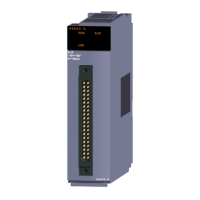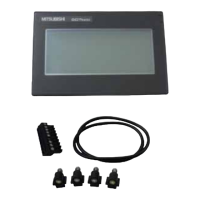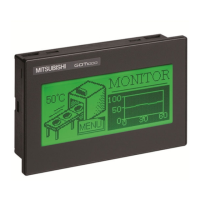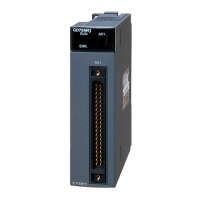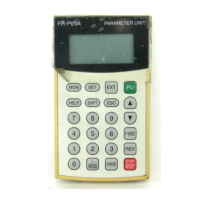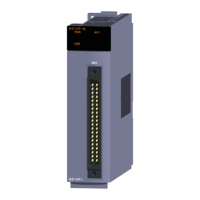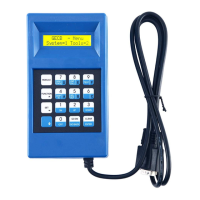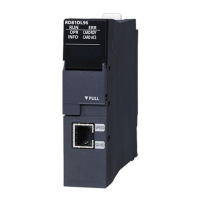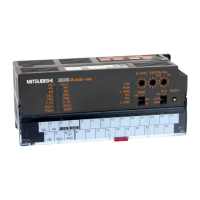3 - 15
3.2 Function List
3.2.1 A/D conversion methods
3
SPECIFICATIONS
3.2.1 A/D conversion methods
(1) Sampling processing
A/D conversion is performed successively for analog input values, and the
converted digital output values are stored in the buffer memory.
The sampling processing time varies depending on the number of channels used
(number of channels set as A/D conversion enable).
Sampling processing time = No. of channels used 10 (ms)
(2) Averaging processing
(a) Time averaging
A/D conversion is made for the preset period of time, the sum of values other than
the maximum and minimum values is averaged, and the result is stored into the
buffer memory.
The processing count within the set time varies depending on the number of
channels used (number of channels set as A/D conversion enable).
Processing count = Set time/(No. of channels used 10) (times)
(b) Count averaging
A/D conversion is made the preset number of times, the sum of values other than
the maximum and minimum values is averaged, and the result is stored into the
buffer memory.
The time required for the count-based average value to be stored into the buffer
memory varies depending on the number of channels used (number of channels
set as A/D conversion enable).
Processing time = Set count (No. of channels used 10) (ms)
(c) Moving average
The specified count of digital output values imported per sampling time are aver-
aged to find a value, which is then stored into the buffer memory.
Since average processing is performed with data shifted per sampling, the most
recent digital output value is obtainable.
Example) When setting 6 for the number of channels used
6 10 = 60 (ms)
Example) When setting 6 for the number of channels used, and 500ms for the
set time
500/(6 10) = 8.333 (times) Drop the fractional part.
Example) When setting 5 (times) for the average processing count
5 6 10 = 50 (ms)

